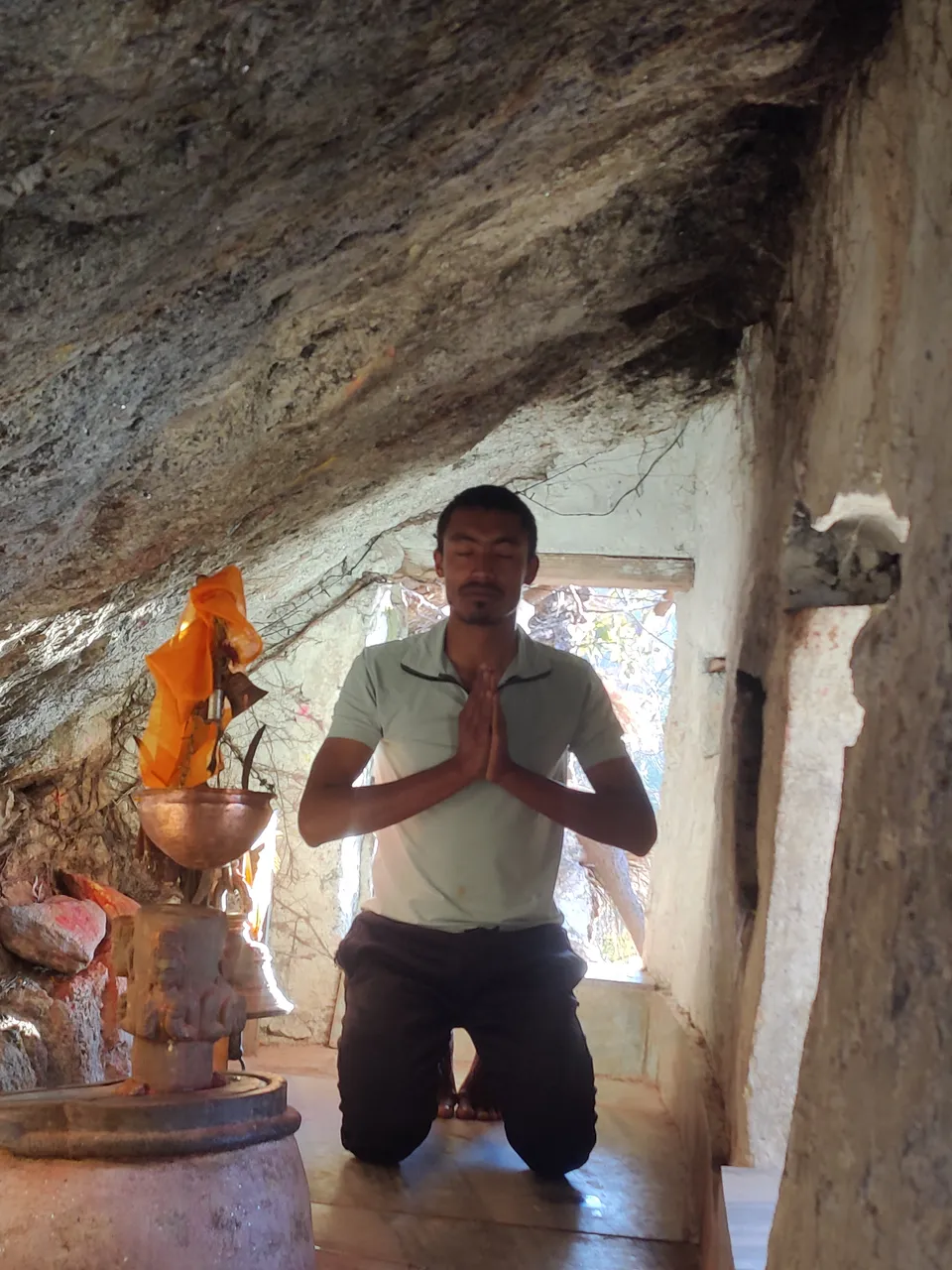Introduction: Nepal, a country famed for its natural beauty, is also home to some of thbolde most extraordinary architectural masterpieces in the world. From ancient temples to grand palaces, Nepali architecture is a reflection of its cultural richness and spiritual history. In this article, we will explore some of the most iconic architectural wonders of Nepal, which stand as symbols of history, art, and culture.
The Ancient Temples of Kathmandu Valley
Pashupatinath Temple: One of the holiest Hindu temples in the world, dedicated to Lord Shiva. Its pagoda-style architecture is iconic, and the temple complex is a spiritual hub.
Swayambhunath Stupa (Monkey Temple): This Buddhist stupa is perched atop a hill and is surrounded by intricately designed shrines. Known for its panoramic views of the Kathmandu Valley, it is a must-visit cultural site.
- The Royal Palaces of Nepal Nepal’s royal palaces are remnants of its monarchial past, showcasing grandeur and a blend of Nepali and foreign architectural styles. These palaces are not just historical buildings but also cultural landmarks.
Patan Durbar Square: A stunning example of medieval Nepali architecture, the palace in this square is a symbol of the Lichhavi era. It features intricate woodwork and stone carvings.
Bhaktapur Durbar Square: This palace complex houses several temples and courtyards, each one a masterpiece of Nepali craftsmanship. It’s a perfect spot to witness the richness of Newar architecture.
- The Pagoda Style: A Symbol of Nepali Heritage The pagoda-style architecture is synonymous with Nepal, and it is evident in temples, shrines, and palaces across the country. This architectural style has its roots in Nepal and has been adapted by other countries, particularly in East Asia.
Maitriya Buddha Temple: The pagoda design is beautifully represented in this temple, which houses a giant statue of the Maitreya Buddha.
Durbar Squares: The palaces and temples in the various durbar squares in Nepal all feature the pagoda style, making them instantly recognizable.
- Traditional Nepali Houses While temples and palaces often get the spotlight, traditional Nepali houses also hold significant cultural value. These homes, often made of wood and stone, are designed to withstand the harsh Himalayan climate and offer insights into the lives of the people who lived in them.
Newar Architecture: The traditional homes in Kathmandu Valley, particularly in the Newar communities, are often adorned with intricate carvings, wooden windows, and tiles.
Gurung and Magar Houses: In rural areas, homes are typically built using locally sourced materials such as bamboo and thatched roofs, representing the simple, yet durable construction techniques of the indigenous people.
- The Future of Nepali Architecture With rapid urbanization, Nepali architecture is evolving. However, many architects are working hard to preserve traditional designs while incorporating modern technology. The future of Nepali architecture is one of balance, blending the old with the new.
Conclusion: Nepali architecture offers a unique window into the country’s rich past, blending art, culture, and spirituality. From 













the ancient temples and royal palaces to the traditional homes of rural areas, each building has a story to tell. As Nepal continues to grow and modernize, the future of its architecture lies in the preservation and celebration of its timeless heritage.